
Concerns about climate change are increasing, so the need to restructure the ways in which we understand and operate in the architecture, design, and fashion industries is acute and urgent. Architect Marija Katrīna Dambe and designers Germans Ermičs, Baiba Ladiga–Kobayashi, Sofia Ilmonen, and Reinis Krūmiņš responded to our call to tell us about the sustainability practices they follow in their work.
Manufacturing, construction, and fashion are among the world’s top seven polluters — this means that drastic changes are needed in both the polluting industries and in our lifestyles. One initiative that leads to change is the New European Bauhaus (NEB). Similarly to how the historical Bauhaus school brought together designers and other creatives to solve the problems of the time by using new approaches and technologies, the NEB also aims to mobilise designers to create solutions that are relevant to our time, that respond to the problems of sustainability and resource depletion, but also reduce pollution in its various forms and help to eliminate inequality and poverty that are often the unseen consequences of the actions of large industries.
In conversations with designers and architects, we discovered their deep concerns and responsibilities towards nature and people. Although in comparison to large fashion and design industries, the pollution caused by small companies is insignificant, each of the designers we interviewed takes responsibility for the impact of the industry and using various methods and solutions, tries to prove that it is possible to create while reducing waste and pollution and improving working conditions.
Architect Marija Katrīna Dambe, Nomad Architects
Sustainable architecture is the core of Nomad Architects. Knowing the negative impact of construction and architecture on pollution and waste statistics, Marija Katrīna Dambe cannot turn a blind eye to these numbers. The way the office operates and its philosophy align with the principles of the New European Bauhau” to create economically and naturally circular architecture, without forgetting aesthetic values. One of the biggest problems in architecture and construction that Marija focuses on is the waste of good materials. When buildings are demolished, many materials that are still functional and could be used in other projects are damaged in the demolition process or are not allowed to be reused according to legislation. This increases the amount of waste and the demand for new material production. Through research, projects, and environmental installations, Nomad Architect” draws attention to architecture that is functional, circulating, uses local resources, and tries to limit the amount of waste created. To other representatives of the creative industry, Marija advises to evaluate each project detail and its necessity — quoting architect Peter van Assi: «Every line that an architect draws on paper becomes waste at that moment.»
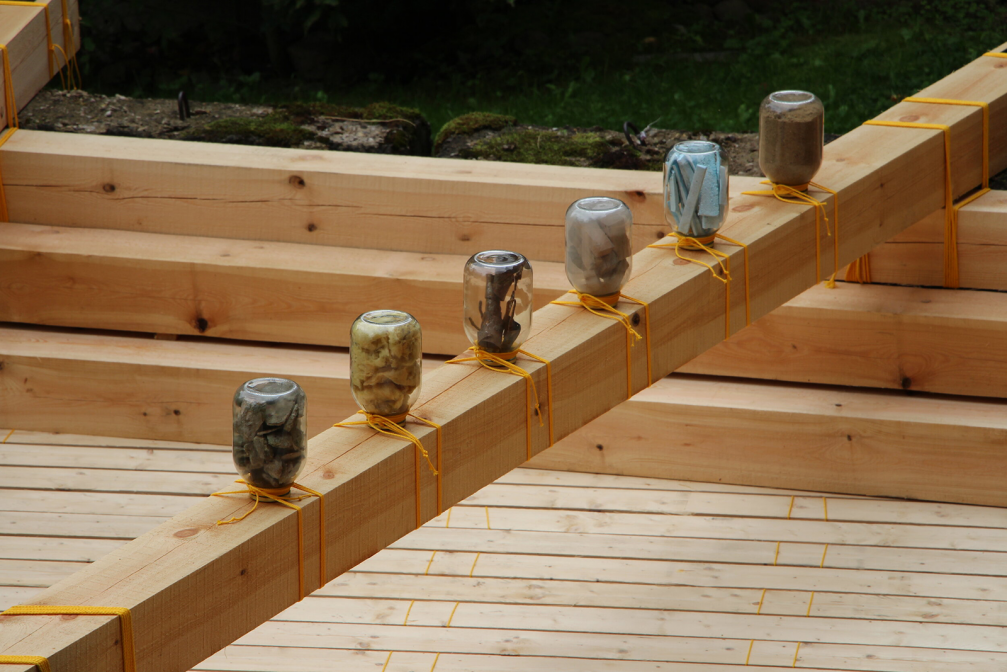
Designer Germans Ermičs, Studio Germans Ermičs
Germans Ermičs is a Latvian designer with a studio in Amsterdam, where he creates various design objects and installations. His specialty is ethereal glass objects created in collaboration with galleries and brands. In his practice, Germans has observed that the design industry tends to be wasteful and focused on short–term, consumer solutions. In contrast, Germans’ works are unique and created only on commission. «They end up in the hands of collectors or in interiors, so these objects are not fashion items that are no longer relevant after a season or have an expiration date,» Germans explains. Although glass production requires a large amount of energy (there are no real alternatives), each object created by Germans has the ability to survive several generations.
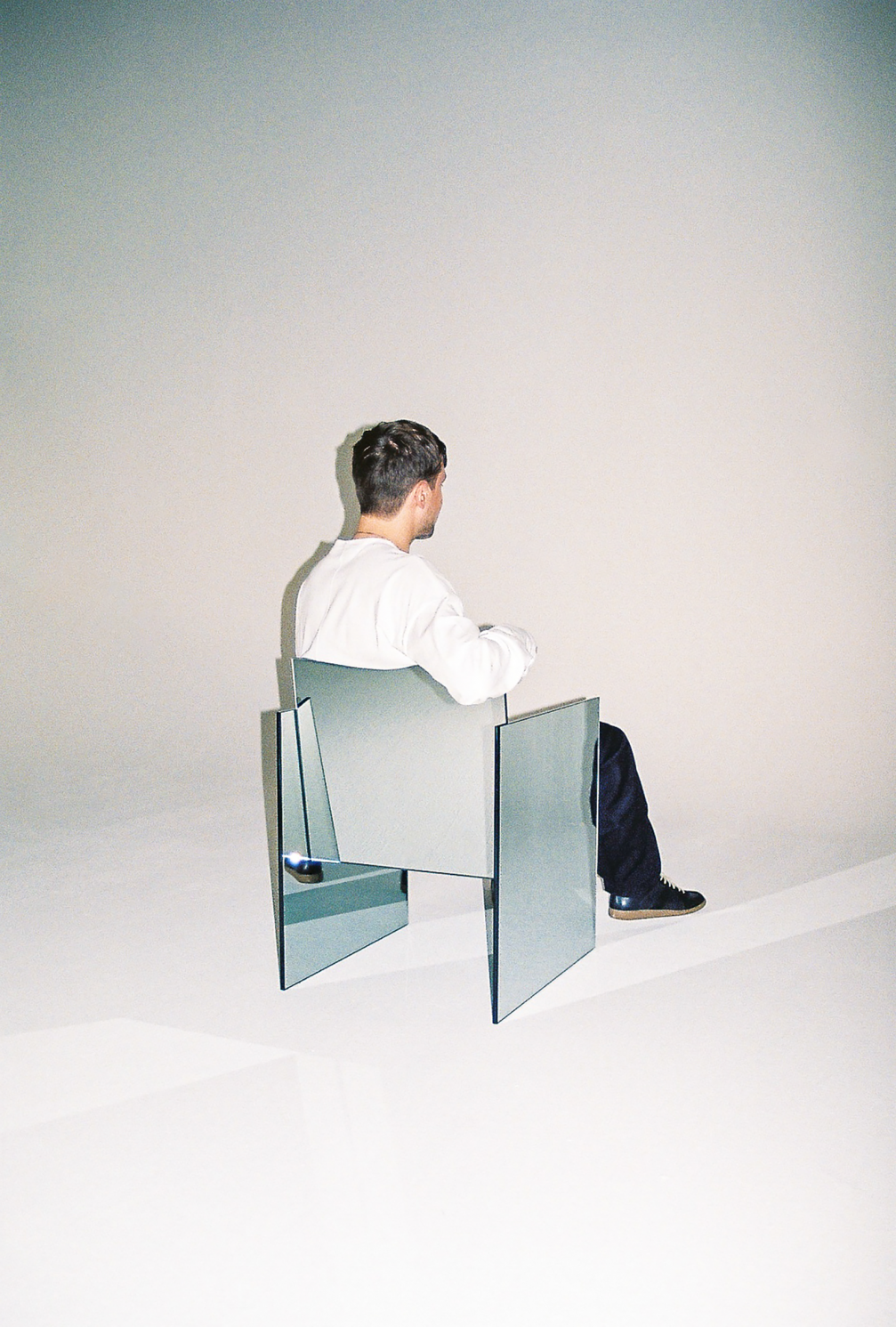
Designer Baiba Ladiga–Kobayashi, fashion brand Baiba Ladiga
Timeless and slow fashion — that’s how Baiba describes the minimal and environmentally friendly clothing of her brand Baiba Ladiga. Sustainability is present in both the choice of fabrics and the production process. It is difficult for a small company to obtain high–quality fabrics, so a sub–brand Kobayashi, which uses deadstock fabrics ot leftovers from large retailers, was also created. In the production process, Baiba tries to adhere to the zero–waste principle and when creating patterns, thinks about how to use the fabric to the maximum, leaving no unnecessary waste, similarily to making a Japanese kimono. Not all of her practice has been dedicated to this fashion direction, but the interaction between nature and man is a theme also present in her earlier conceptual works, such as the collection Revenge. Animals Wearing Human Skin created in 2012 in Shanghai. Baiba reveals that at the time, the view of the fashion industry in China and her own responsibility had dramatically changed: «Living in Shanghai and travelling around Asia, I saw what was happening in the fashion industry, how people were being exploited and pollution was being created. It also affected my own health.» The destructive impact of the fashion industry on the environment and people prompted Baiba to take responsibility for her professional work, educate people about the impact of fashion, and evaluate what is truly necessary to create.

Designer Sofia Ilmonen, fashion brand Sofia Ilmonen
Sofia Ilmonen is a Finnish fashion designer who combines the changing nature of fashion with the stable sustainability in her practice. The most common reasons for discarding clothes are changes in fashion trends and changes in size that fit the wearer, so Sofia’s goal was to create clothes that can serve for a long time and adapt to the wearer’s changing body and taste. «My clothes can evolve with the wearer and become part of the owner’s story. They can be divided into parts and given to a friend,» says the designer. Sofia’s clothes have one size and are made of modules that are connected to each other with snaps. The clothes can be dismantled and reassembled in countless new combinations. This approach has been inspired by the idea of upcycling and encourages people to think about the lifecycle of their clothes and how they can be reused. In her work, Sofia also focuses on locally sourced materials and ethical production methods, to minimise the environmental impact of her brand.
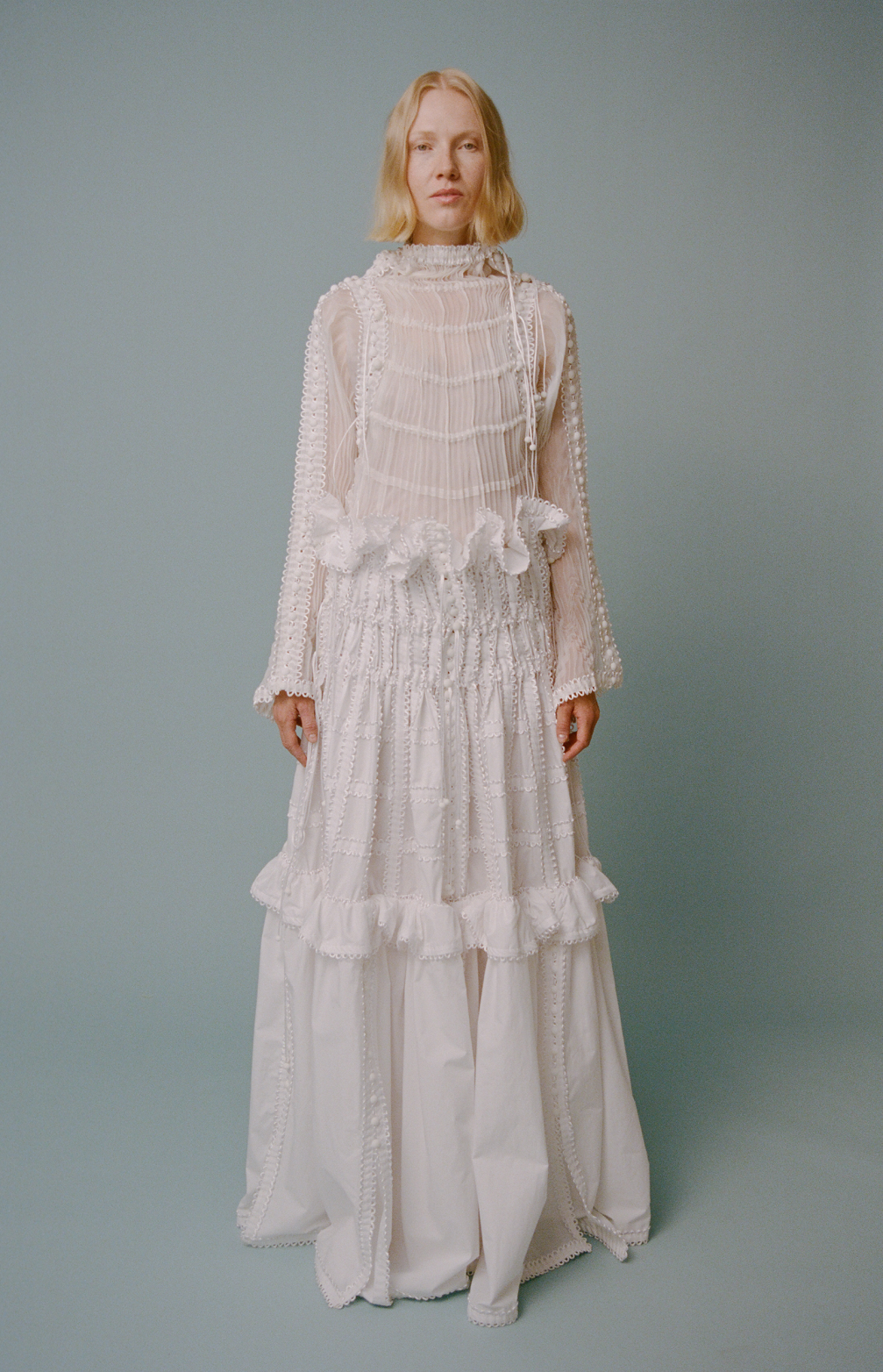
Designer Reinis Krūmiņš, fashion brand Backdoor Market
Beneath the aesthetic of the modern street fashion brand Backdoor Market lies Reinis Krūmiņš’s deeply personal philosophy of circularity and his desire to create something new from undervalued resources. Sustainability is the backbone of the brand. For Reinis, it’s not a goal but a natural and self–evident process that arises from his own creative experimental process and desire to find a new approach to fashion. Using fabric surplus and other companies’ leftovers, as well as deconstructing vintage items, new Backdoor Market clothes and accessories are created. «Even without thinking about it as being sustainable, this approach allows us to do a lot. It’s a way to get rid of things that are left over, and get some benefit,» says Reinis. He also uses organic cotton and European–made recycled denim fabrics, making a contribution not only to environmentally friendly solutions but also supporting ethical fabric sourcing and working conditions.
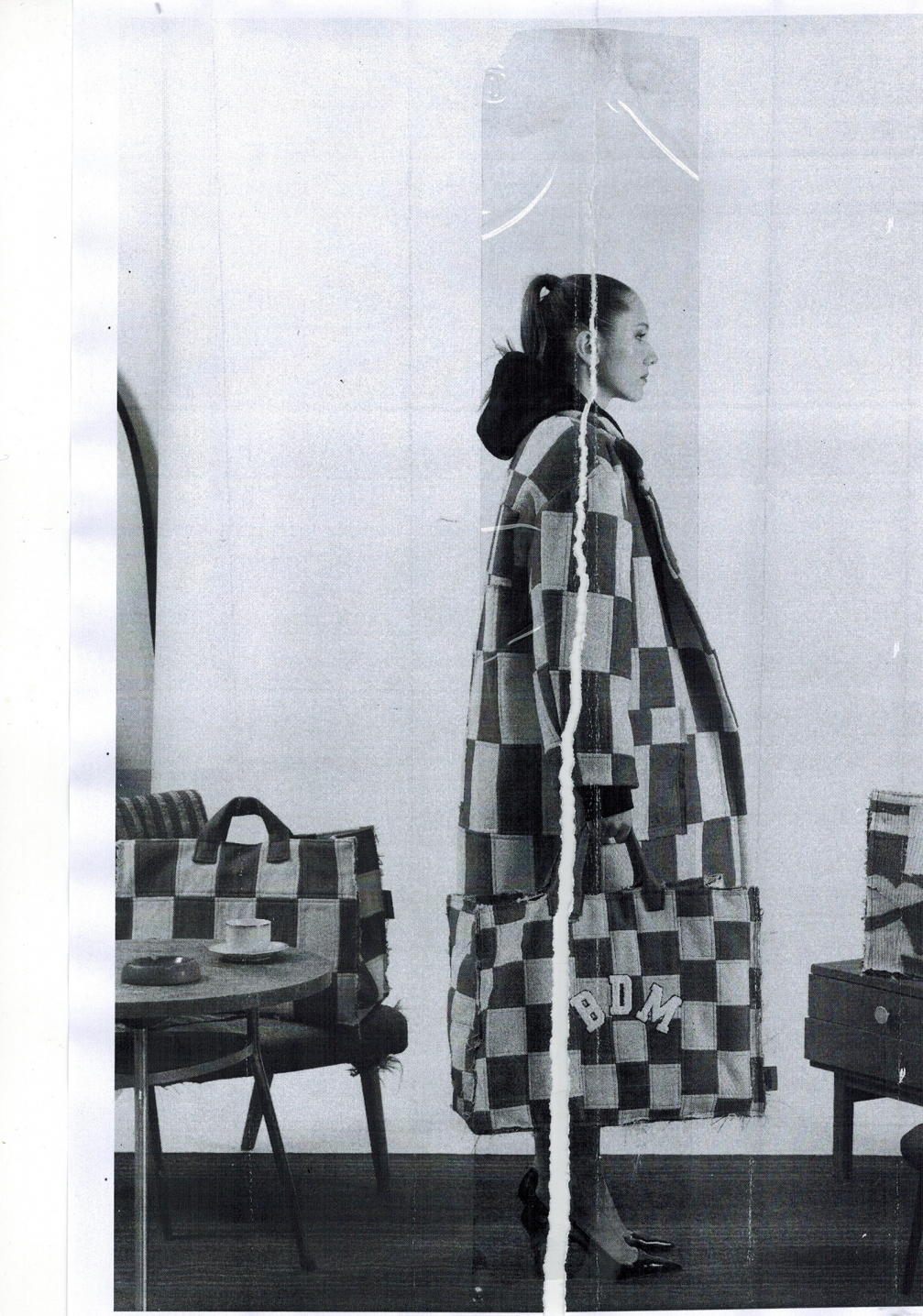
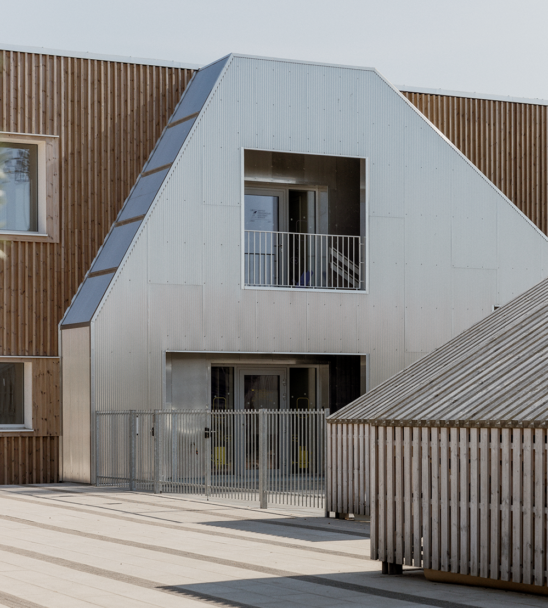
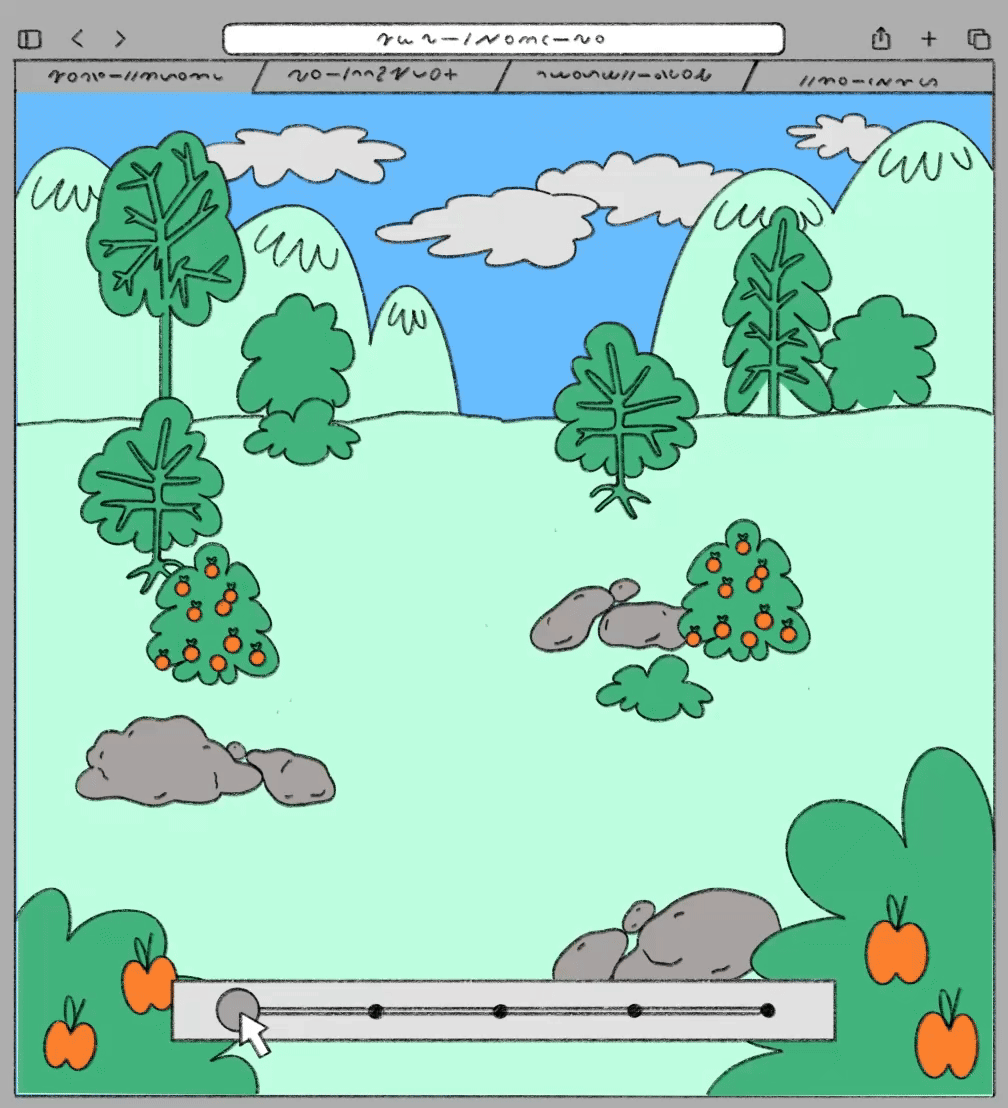
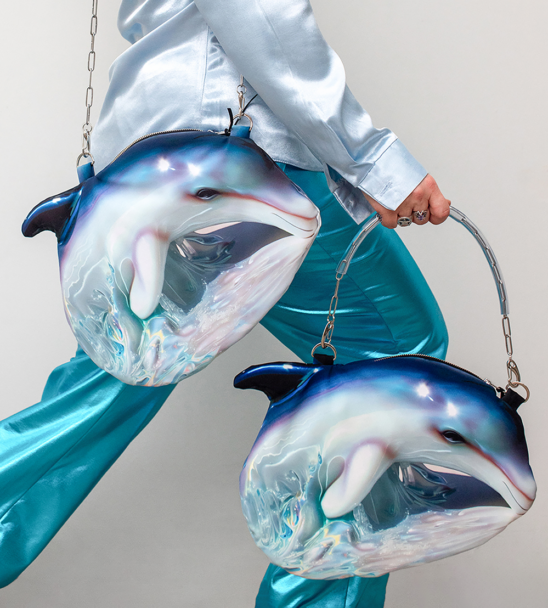
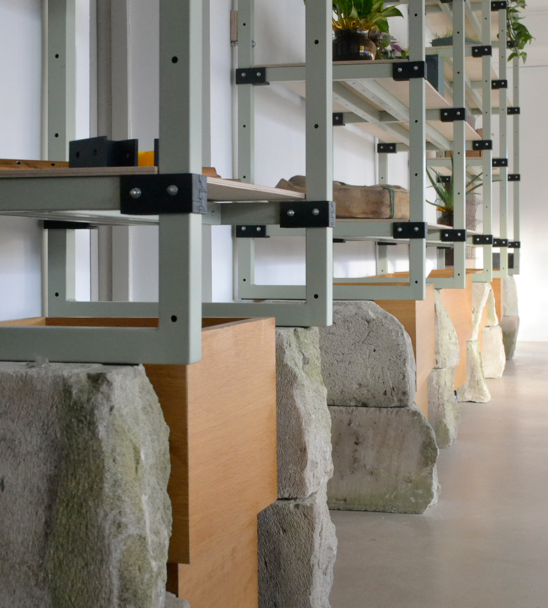
Viedokļi